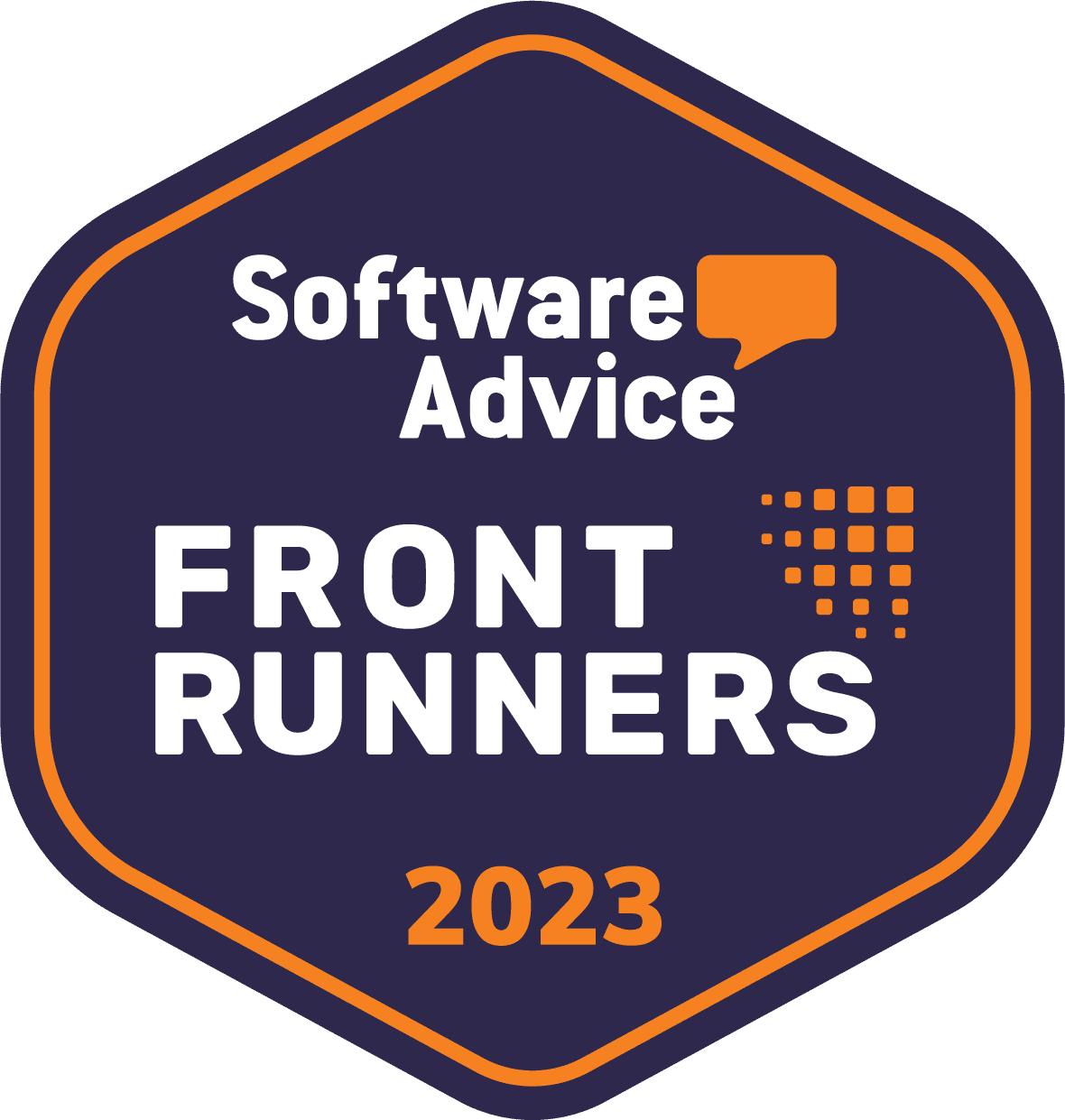 4.7
|
80+ REVIEWS
4.7
|
80+ REVIEWS
Performance
Management Software
Request A Quote
7,500+ organizations trust Netchex
Performance Reviews
Create customizable evaluations with variable point scales.
Assign & Track Reviews
View and approve all tasks, set assignment and due dates—with just a few clicks.
Actionable Data
Analyze results. Compare data over time and between teams and departments.
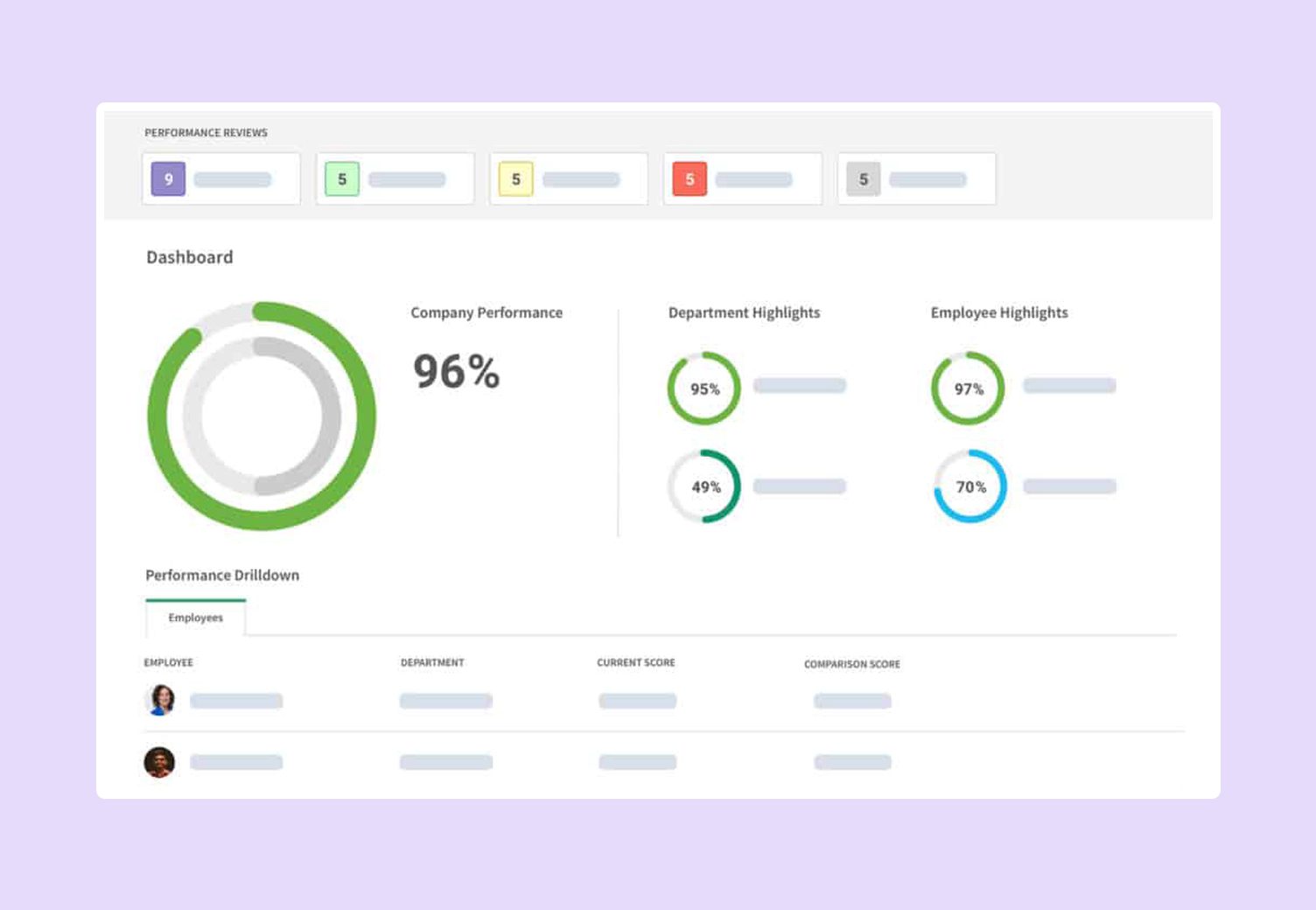
NetPerform
Performance reviews are an essential tool for developing employees, building better teams, and growing your business. If not done correctly, the process can be inconsistent, ineffective, and time-consuming—leaving you with a lot of data, but little insight.
Improve your employee evaluation process with NetPerform, Netchex’s comprehensive performance management system.
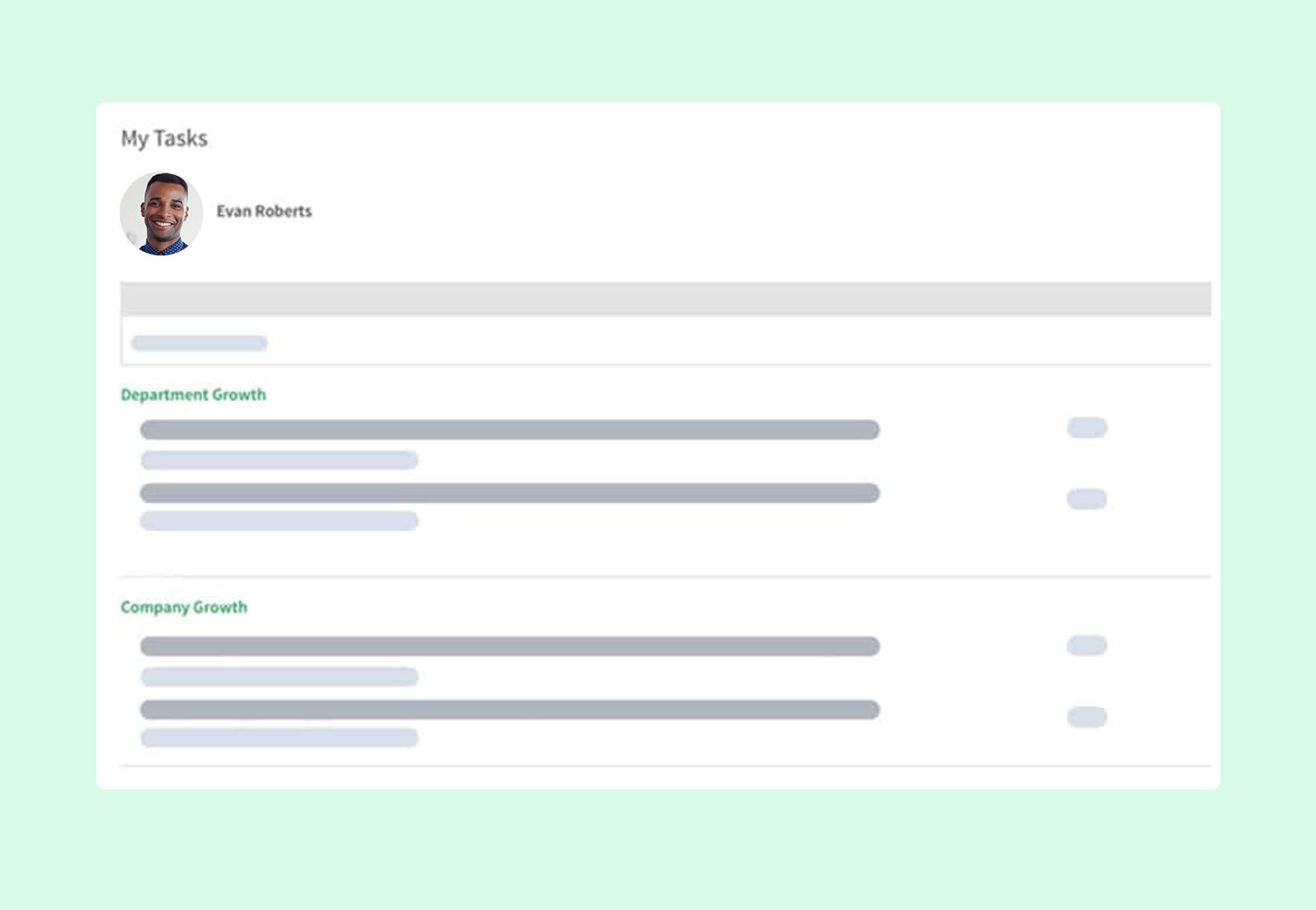
More Options & Greater Flexibility
Conduct highly customizable peer, manager, and self-evaluations of employees
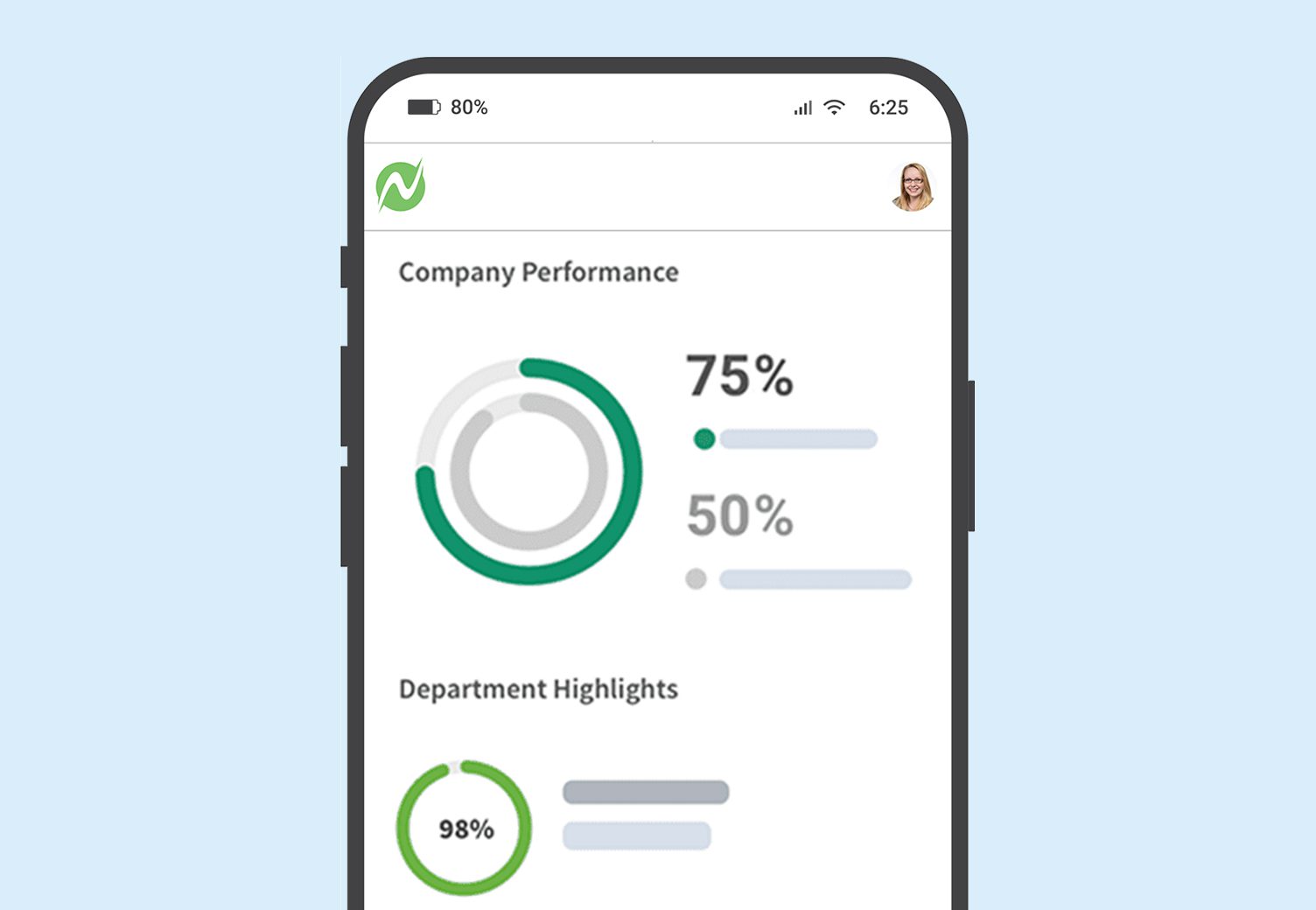
Manage The Entire Process
Assign and track evaluations to an individual, department, or company-wide
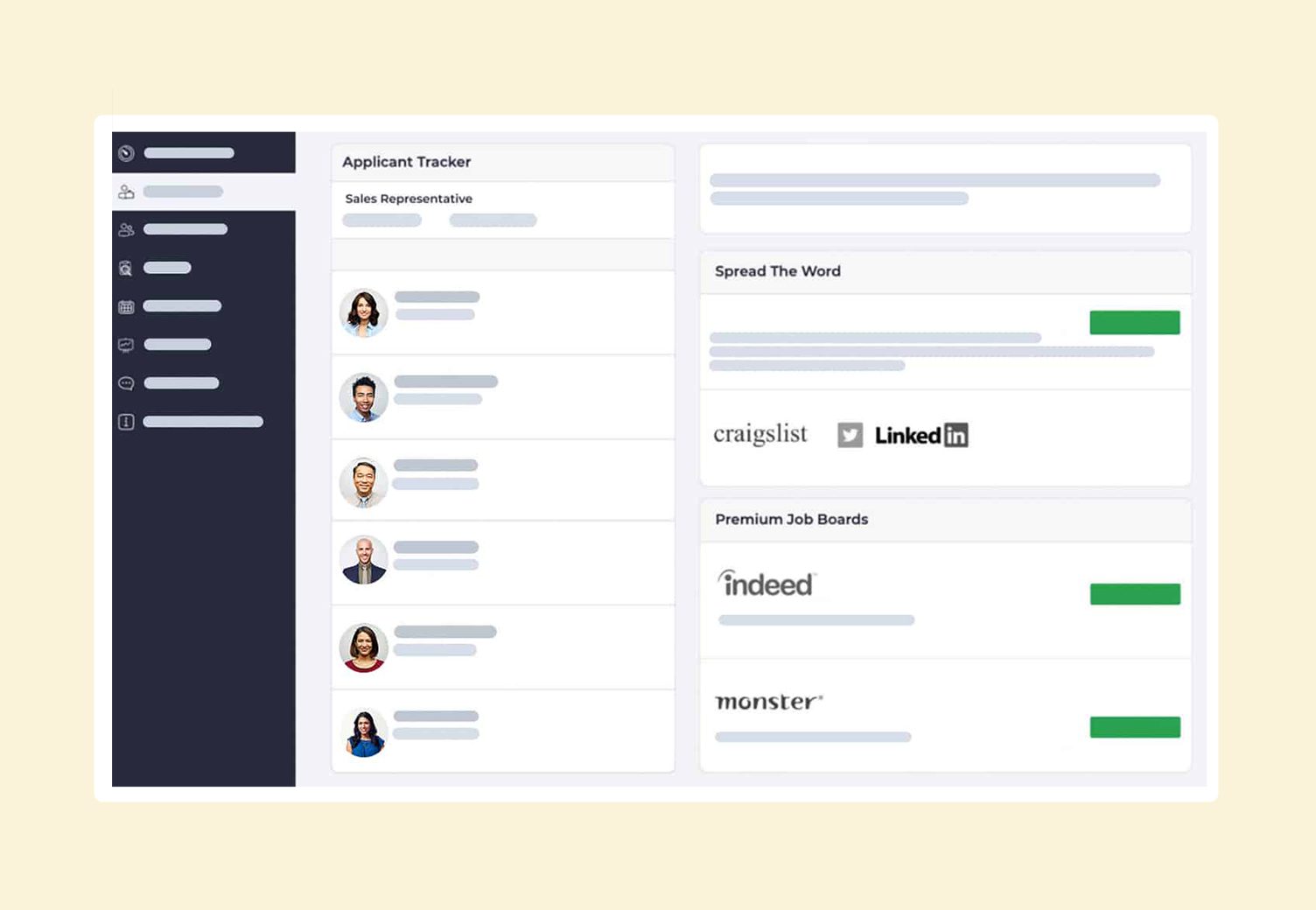
Dashboard Overview
Get the most out of your company’s results and data with an easy-to-use and customizable dashboard.
Featured Case study
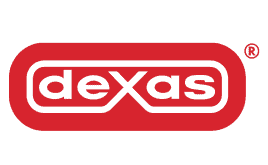
Dexas
Based on trust, benefits brokers have a unique relationship with their clients. Netchex values this relationship and works with Gallagher to enhance client experience.

Customers resoundingly love Netchex
- year after year
Performance reviews are a long-standing staple of businesses everywhere. Dating as far back as the 1920s, employee reviews grew to become a valued and widespread business practice by the post-war 1950s.
In the decades since, performance reviews have expanded to encompass more than just basic evaluations of employees. These were added in an effort to create a more thorough appraisal of employees on all levels.
Now included are primary and secondary skills like:
- Self-assessments
- Psychometrics
- Teamwork
- Communication
These were added in an effort to create a more thorough appraisal of employees on all levels.
Performance reviews—when done right—are a highly useful way for employers to:
- Assess employees
- Uncover strengths and weaknesses
- Identify workflow issues
- Implement positive change
Furthermore, performance reviews have potential to motivate your best employees and improve the weaker ones. They are also a useful way for managers to check-in and connect with their employees on a direct, one-to-one level.
As these reviews evolved into a universal and crucial tool for measuring performance company-wide, a process was needed to plan, deliver, and analyze. From this, the concept known as performance management began to take shape.
Maximize your potential with state-of-the-art technology & superior customer service from Netchex.
I. What is Performance Management?
Performance Management is the continual process of assessing and improving performance between a supervisor and an employee. Through ongoing evaluation and communication, performance management elevates every interaction with an employee into a more valuable learning opportunity.
Guided by communication and data, both individual and team goals are discussed and mutually set by both parties. These goals and the plans set forth to achieve them should align with the overall strategic goals of the organization.
The performance management process includes:
Defining expectations
Setting objectives
Identifying goals
Reviewing and assessing progress
Providing positive and constructive feedback
Developing the knowledge, skills, and abilities of employees
The main takeaway here is that performance management is a continuous process—not a once-a-year activity. Performance management is a whole work system that begins on an employee’s first day and only ends after an employee leaves your company. It provides the backbone of your interaction with an employee and demands continual communication throughout the year.
II. What are the Benefits of Performance Management?
Implementing performance management software has innumerable benefits to your company and your employees. These include things like:
Developing employee talent
By monitoring employees’ abilities, companies can cultivate an agile environment working towards a common goal with the ability to shift priorities.
Identifying training needs
Whether improving skill sets or increasing industry knowledge, performance management can help identify shortcomings or future training requirements.
Aligning individual, department, and company goals
Personal goals must align with overarching team and company goals. Regular check-ins are crucial and provide an opportunity to:
Improving communication
Timely and constructive communication amongst all employees enables greater cooperation and productivity throughout the company.
Improving motivation and morale
Performance reviews should always include positive feedback, including celebrating success and recognizing achievements. Confident and fulfilled people make happier employees.
Improving employee engagement and retention
Employee engagement is key to boosting productivity, developing satisfied employees, and maximizing ROI. Engaged employees are more invested and have longer tenures.
Making sustainable change
Performance management is an ongoing process. Employees need to develop and results take time to show. A small sustainable change is better than an employee floundering and quitting.
III. The Problem with Performance Management—And How to Fix It
As the criteria for employee reviews becomes more encompassing, the process to manage it all needed to evolve along with it. Unfortunately, the performance management process has failed to grow at the same rate over the years.
Recently, an unexpected trend has emerged revealing performance reviews have fallen to the wayside by companies large and small. And truthfully, it is easy to see why this is happening.
28%
of annual reviews have been eliminated since 2016, with trends heading towards additional reductions. What started at 82% in 2016 has steadily decreased to 65% in 2017, 58% in 2018 and 54% in 2019
source: SHRM

The employee performance review process can be susceptible to breakdown due to:
Inaccurate data
Unprepared management
Time-consuming process
Lack of transparency
Infrequent use
Inability to enact change
98%
of businesses believe performance management is important, but only 64% say they have an effective approach to it.
Source: Willis Towers Watson

So, how can you fix the way your company conducts performance reviews?
While performance reviews remain a crucial tool, it is actually the method and management of the review process that is often outdated, lacking, and in need of serious overhaul.
90%
of HR professionals do not trust their current performance review process with less than 1/3 of employees enjoying their process
Source: Washington Post
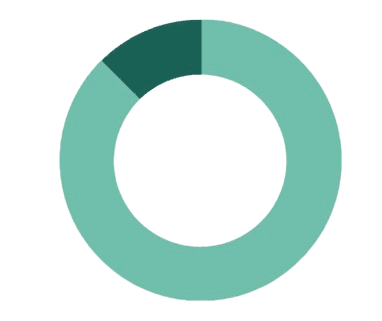
Does your performance management process need to upgrade with HR technology?
Using HR software specifically designed for the task of performance management makes the process significantly easier and more productive. With the right technology in place, employee reviews can prove worthwhile once again with improved collaboration, efficiency, and job satisfaction among your employees.
Don’t abandon the performance management process. Your company’s performance reviews can be re-built for a modern, diverse, and more integrated workforce—and prove far more beneficial than ever before.
IV. How to Improve Your Performance Management Process
Conduct reviews more than once a year
The old way of doing things had employee reviews occurring once a year—typically around the end of the year. But today’s workforce demands more feedback. Formal assessments should occur at least twice a year, if not quarterly. Additionally, weekly one-on-ones should focus on:
- Developing teams
- Checking key performance metrics
- Maintaining open communication
70%
of their employees felt more valued when receiving more frequent feedback
source: Gartner Research
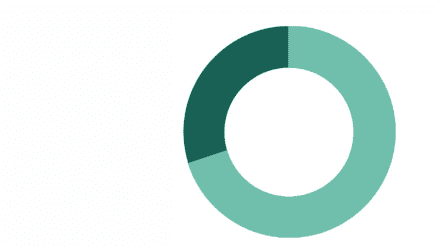
Give employees advance notice and invite their input
When you have the right system in place, the review process should be open, transparent, and anticipated. Instead of letting managers do all the talking, engage in a more collaborative conversation with employee input, including opportunities for staff to rate their own performance.
Be honest and as transparent as possible
If weekly one-on-ones have included productivity checks and addressed any issues, the semi-annual review should rarely include surprises. When employees have failed to meet or risen above expectations, those events must be included in reviews. Employees who are more sure of their current standing will be more confident and satisfied in their jobs.
Standardize the process and scoring
Performance management software allows companies to develop custom evaluations that track the metrics that are most relevant for your company. When employees are rated with the same metrics as other employees with every review, it is easier to identify and address issues while measuring improvements over time.
Emphasize strengths and successes
Reviews shouldn’t focus exclusively on the negative. Performance reviews should also be the opportunity to celebrate success and recognize employee achievements. Positive feedback acknowledges hard or exceptional work. Focusing on shortfalls, employees become discouraged and less invested in the role and the company.
27%
Focusing feedback on an employee's weaknesses can cause their performance to decline by up to 27%.
Source: CIO
Set professional development goals
Most employees are motivated to learn new skills and improve their job performance. Rather than continually striving for improved scores, it is helpful to ask employees what they want to explore. There may be special projects and other opportunities for each employee to focus on their preferred skills.
89%
of employees think it's important their employer support their learning and development
source: Entrepreneur

Embrace the future of HR technology & elevate your customer experience with Netchex.
Invest in performance management software
When using a performance management system:
- Company and individual goals have a better chance of succeeding
- Improvement and learning plans can be implemented more effectively
- The entire process can be managed more comprehensively and efficiently
Managers spend an average of 210 hours a year on performance management activity
Source: CEB
V. How to Collect and Utilize the Right Employee Review Data
Before you can begin to leverage performance reviews, you’ll need to find a system for collecting the data most relevant for your company. But what data should you be collecting?
Quantitative workload
Most employees have a role that can be measured in a standardized way. When employees are assessed with quantitative reviews instead of subjective summaries, it’s easier to compare performance over time and identify employees with greater untapped potential.
Quality of work
Existing QA scores can be sorted for individuals and built into your process. There will likely be additional metrics that accurately reflect the quality of an employee’s work (such as client feedback). Make sure all available numbers are integrated into the review process.
Peer feedback
Peer reviews are great for identifying which employees collaborate well with others. While keeping things as objective as possible, these metrics still reflect an employee’s ability to work as part of the team.
Time management
Performance reviews are an opportunity to address issues that you don’t typically tackle on a daily basis. These often include things like:
- Arrival times
- Breaks
- Overtime
A performance management system with an integrated time and attendance tracking solution will do the heavy lifting collecting this data.
77%
of HR executives believe their performance reviews do not include accurate data
Source: Linkedin

Properly use performance review data
Your data must include both individual contributions and organizational processes. With the right data, performance reviews can be used to improve nearly every aspect of the employee experience. Without the proper metrics, the review process can feel arbitrary and subjective, but meaningful data provides a framework for real objectives.
When team managers can position themselves to help employees achieve goals, then an otherwise adversarial review process can be more collaborative and beneficial for all. Accurate data collection makes it possible for reliable analytics to guide the business toward improving efficiency and achieving future goals.
Unleash the full potential of your business with Netchex's top-tier technology and unmatched customer service.
VI. How to Conduct a Performance Review?
Performance reviews can be stressful and daunting not only for employees, but also managers. For those conducting the review, there are numerous actions that must occur before, during, and after the review to ensure a positive experience and overall effectiveness.
Here’s a brief overview of how to plan, conduct, and follow-up a successful employee review (the full version can be downloaded here):
Before the review
Prior to conducting an employee review, managers must complete several tasks in order to properly set up the meeting, including:
- Collect and review applicable performance data
- Solicit feedback from co-workers, other managers, and customers/clients
- Send and review employee self-assessment
- Develop an action plan based on current performance and proposed development
During the review
Likewise, during the actual review, managers have a lot to do to ensure a successful meeting takes place, including:
- Create a private, comfortable environment
- Maintain meeting agenda and flow
- Discuss performance and improvement/development
- Encourage employee’s active participation in the meeting
- Set a timeframe for formal follow-up
After the review
- Follow up with performance feedback regularly
- Use development/improvement plan as a guide during weekly one-on-one meetings
- Forward appropriate documentation to HR
Performance Management FAQ
Performance Management is the continual process of assessing and improving performance between a supervisor and an employee. Through ongoing evaluation, performance management elevates every interaction with an employee into a more valuable learning opportunity.
Performance management is a continuous process. It’s a whole work system that begins on an employee’s first day and only ends after an employee leaves your company. Employee performance management provides the backbone of your interaction with an employee and requires continual communication.
Guided by communication and performance data, both individual and team goals—and the plans set forth to achieve them—provides the framework for the performance management process.
The performance management process includes:
– Defining expectations
– Setting objectives
– Identifying goals
– Reviewing and assessing progress
– Providing positive and constructive feedback
– Developing the knowledge, skills, and abilities of employees
Like most HR technology solutions, the most important features of performance management software are likely to vary from company to company based on needs. However, there are several components that are more likely to make a big impact on your performance management process, including:
– Creating employee evaluations (both editable templates and create new options)
– Uniform employee scoring
– Evaluation flexibility (number of questions/responses, commenting, etc.)
– 360 review and self-evaluation capabilities
– Administrator dashboard to track progress and history
– Easy-to-manage goal tracking
– Comprehensive employee data and in-depth reporting
Performance management software enhances organizational efficiency by providing a structured framework for managing employee performance. It simplifies and standardizes the performance appraisal process, saving time and effort for HR teams.
Implementing employee performance management software has innumerable benefits to your company and your employees, such as:
– Developing employee talent
– Identifying training needs
– Aligning individual, department, and company goals
– Improving communication
– Improving motivation and morale
– Improving employee engagement and employee retention
– Making sustainable performance changes
Performance management has the potential to motivate your best employees, improve weaker employees, and identify workflow bottlenecks within the company.
With the right performance management technology, your employee review process can improve collaboration, efficiency, and job satisfaction with the ability to:
– Easily conduct reviews more than once a year
– Improve communication to give employees advance notice and invite their input
– Allow both employees and managers to be as honest and transparent as possible
– Provide accurate and up-to-date performance data that emphasizes strengths and successes
– Standardize the process and scoring
– Easily set professional development goals that align with team and company goals
Data-driven performance management relies on accurate, up-to-date data to draw accurate conclusions and make informed decisions about managing employees and team performance.
With the right performance data, performance reviews can be used to improve nearly every aspect of the employee experience. When that data is inaccurate or incomplete, the employee review process feels subjective and arbitrary. It’s a missed opportunity to develop and motivate your workforce.
To better leverage performance reviews, you’ll need to collect the performance data most relevant for each team and the overall company, including:
– Time management
– Quantitative workload
– Quality/accuracy of work
– Self-evaluations
– Peer feedback
Generally, yes, but not all HR technologies are created equal. In Netchex’s case, it is actually true—as Netchex was recently named the easiest to use HR Software Solution by SoftwareAdvice.
At Netchex, we pride ourselves on our system’s ease-of-use and overall user experience. Users praise Netchex for how easy the navigation and self-training features/resources are, in addition to highlighting how overall user-friendly the software is.
Compared to manual employee review processes, performance management software will save you significant time and effort. Specific time varies and is dependent on the number of employees, review frequency, performance follow-ups and communication, and various other factors.
Performance management software enables HR professionals to focus more of their time and attention on creating a performance-based culture amongst employees.
The cost of performance management software depends on a number of different factors, including the number of employees, your company’s specific needs, and other similar factors.
When comparing performance management software providers, it’s important to take additional benefits into account like customer service, ease of use, and integration capabilities. Choose a provider that meets your needs.
Finding the right performance management system and effectively implementing it throughout the company is a sure-fire way to improve your review process. Implement effectively
Here’s what you need to find the right performance management software for your company:
– Identify strengths and weaknesses of your existing process
– Determine what you want to achieve
– Establish desired features, such as goal setting, performance reviews, and reporting capabilities
– Assess compatibility with your existing HR and payroll systems
– Look for user-friendly interfaces and intuitive navigation
– Seek recommendations, read reviews, and compare pricing to make an informed decision
Yes, the entire employee experience, including performance management functions like employee reviews, can be completed for both in-office and remote employees. All employees can complete performance-related tasks via desktop and/or the Netchex mobile app. Likewise, managers and administrators can do the same for both in-office and remote employees as well.
Netchex performance management software prioritizes security and employs industry-standard measures to protect data. Both use encryption, access controls, and regular security audits to ensure data integrity and confidentiality.
Yes, all performance management functionalities are included in the Netchex mobile experience. The Netchex mobile app is a fully functioning extension of the Netchex system for both administrators and everyday employees. All HR technology features, such as performance management, payroll, time & attendance, benefits administration, and more are all available to users.
You can download our Netchex mobile application on both Android (Google Play) and iOS (Apple Store) phones.
Performance management software streamlines and automates the performance review process.
It enables effective goal setting, tracking, and monitoring of employee progress. Performance data and analytics can also help identify skill gaps and training needs.
Consider your specific needs and goals for performance management.
Evaluate the software’s features and functionalities, such as goal setting, performance reviews, and reporting capabilities.
– Assess compatibility with your existing HR and payroll systems.
– Look for user-friendly interfaces and intuitive navigation.
– Seek recommendations, read reviews, and compare pricing to make an informed decision.
Performance management software enhances organizational efficiency by providing a structured framework for managing employee performance.
It simplifies and standardizes the performance appraisal process, saving time and effort for HR teams.
